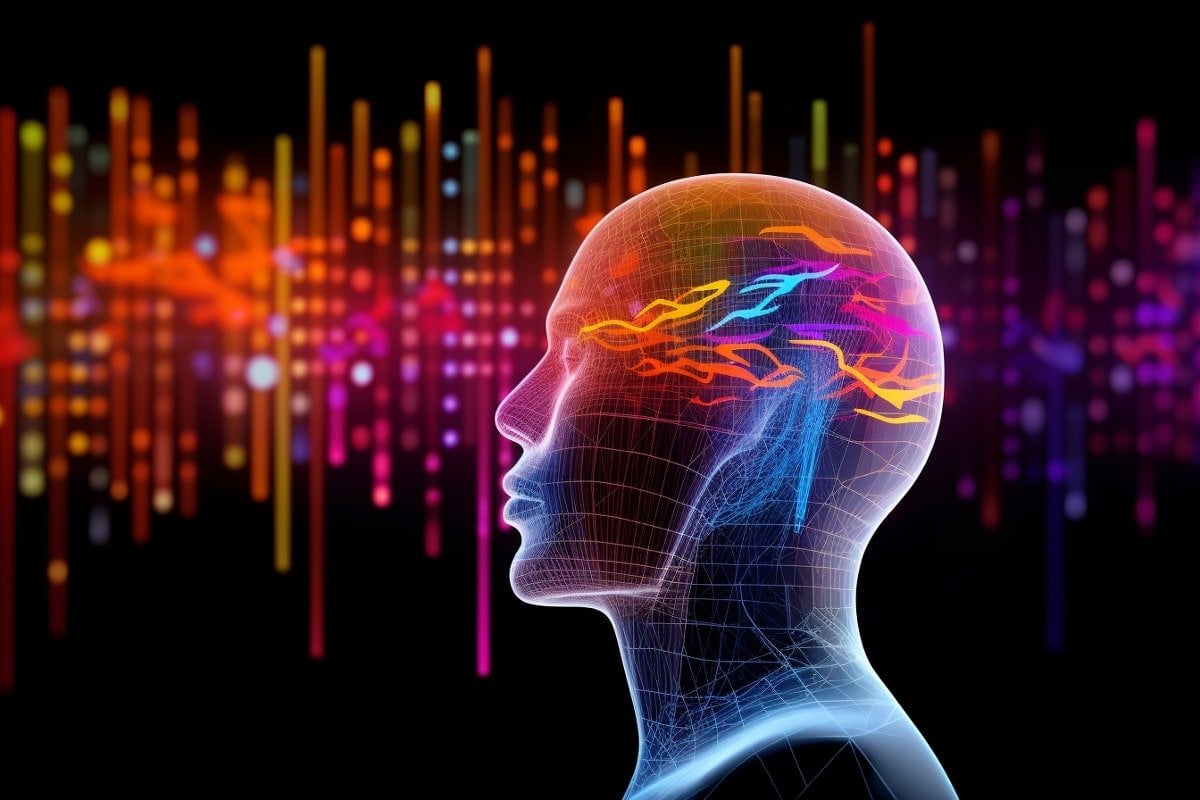Summary: Researchers used artificial intelligence to analyze speech in Parkinson’s disease patients, revealing distinct patterns. The AI found Parkinson’s patients used more verbs but fewer nouns and fillers in their speech, even before cognitive decline typically associated with PD was evident.
The analysis was capable of identifying Parkinson’s patients with over 80% precision, offering a potential new tool for early diagnosis. This study underscores the potential of natural language processing, a branch of AI, in enhancing healthcare diagnostics.
Key Facts:
- The study utilized artificial intelligence, specifically natural language processing (NLP), to analyze the speech of Parkinson’s disease patients, revealing distinct patterns in their language use.
- Compared to healthy controls, patients with Parkinson’s disease used more verbs, but fewer nouns and fillers in their conversations.
- These distinct speech patterns were detectable even before the onset of cognitive decline typically observed in Parkinson’s disease patients.
- By analyzing these speech patterns, researchers were able to identify individuals with Parkinson’s disease with over 80% precision, suggesting potential for early diagnosis.
Source: Nagoya University
Using artificial intelligence (AI) to process natural language, a research group evaluated the characteristics of speech among patients with Parkinson’s disease (PD). AI analysis of their data determined that these patients spoke using more verbs and fewer nouns and fillers.
The study was led by Professor Masahisa Katsuno and Dr. Katsunori Yokoi, Nagoya University Graduate School of Medicine, in collaboration with Aichi Prefectural University and Toyohashi University of Technology.
They published their results in the journal Parkinsonism & Related Disorders.
Natural language processing (NLP) technology is a branch of AI that focuses on enabling computers to understand and interpret large amounts of human language data using statistical models to identify patterns. Given that patients with PD experience a variety of speech-related problems, including impaired speech production and language use, the group used NLP to analyze differences in patient speech patterns based on 37 characteristics using texts made from free conversations.
The analysis revealed that patients with PD used fewer common nouns, proper nouns, and fillers per sentence. On the other hand, they spoke using a higher percentage of verbs and variance for case particles (an important feature of the Japanese language) per sentence.
According to Yokoi, “When I asked them to talk about their day in the morning, a PD patient might say something like the following, for example: ‘I woke up at 4:50 am. I thought it was a bit early, but I got up. It took me about half an hour to go to the toilet, so I washed up and got dressed around 5.30 am. My husband cooked breakfast. I had breakfast after 6 am. Then I brushed my teeth and got ready to go out.’”
Yokoi continued: “Whereas someone from the healthy control group might say something like this: ‘Well, in the morning, I woke up at six o’clock, and got dressed, and, yeah, washed my face. Then, I fed my cat and dog. My daughter prepared a meal, but I told her I couldn’t eat, and I, umm, drank some water.’”
“While these are examples that we created of conversations reflecting the characteristics of people with PD and healthy people, what you should see is that the total length is similar,” Yokoi explained.
“However, PD patients speak shorter sentences than people in the control group, leading to more verbs in the machine learning analysis. The healthy control also uses more fillers, such as ‘well’ or, ‘umm’, to connect sentences.”
The most promising aspect of this research is that the team performed the experiment on patients who did not yet show the characteristic cognitive decline seen in PD. Therefore, their findings offer a potential means of early detection to distinguish PD patients.
“Our results suggest that even in the absence of cognitive decline, the conversations of patients with PD differed from those of healthy subjects”, Professor Katsuno, the head of the study, concludes.
“When we attempted to identify PD patients or healthy controls based on these conversational changes, we could identify PD patients with over 80% precision. This result suggests the possibility of language analysis using natural language processing to diagnose PD.”
About this AI and Parkinson’s disease research news
Author: Matthew Coslett
Source: Nagoya University
Contact: Matthew Coslett – Nagoya University
Image: The image is credited to Neuroscience News
Original Research: Closed access.
“Analysis of spontaneous speech in Parkinson’s disease by natural language processing” by Masahisa Katsuno et al. Parkinsonism & Related Disorders
Abstract
Analysis of spontaneous speech in Parkinson’s disease by natural language processing
Introduction
Patients with Parkinson’s disease (PD) encounter a variety of speech-related problems, including dysarthria and language disorders. To elucidate the pathophysiological mechanisms for linguistic alteration in PD, we compared the utterance of patients and that of healthy controls (HC) using automated morphological analysis tools.
Methods
We enrolled 53 PD patients with normal cognitive function and 53 HC, and assessed their spontaneous speech using natural language processing. Machine learning algorithms were used to identify the characteristics of spontaneous conversation in each group. Thirty-seven features focused on part-of-speech and syntactic complexity were used in this analysis. A support-vector machine (SVM) model was trained with ten-fold cross-validation.
Results
PD patients were found to speak less morphemes on one sentence than the HC group. Compared to HC, the speech of PD patients had a higher rate of verbs, case particles (dispersion), and verb utterances, and a lower rate of common noun utterances, proper noun utterances, and filler utterances. Using these conversational changes, the respective discrimination rates for PD or HC were more than 80%.
Conclusions
Our results demonstrate the potential of natural language processing for linguistic analysis and diagnosis of PD.







